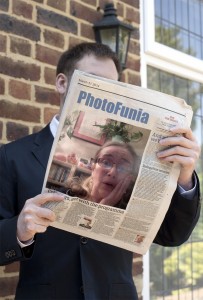Your blog post will be in MY WRITING and MY PROJECTS (only if you have this page) category. While composing it, tick its category as “my writing” and/or “my project”. Probably you will have to ADD new category first. If you are stuck and really haven’t a clue how to do it, ask for help.
- sdr
- sdr
- cof
- cof
WHAT TO PUT IN YOUR POST:
You can either put ONE IMAGE or create a GALLERY (see above). If the image features faces of other students, be nice and ask them if they agree to be shown there. I have your permission anyway but it is good manners to ask.
Write app. 100 words about the trip: it’s not a report!!!! You need to write a report for Jane. But, you mght give some info like when/where/who etc.
I am interested more in:
- what you learned from the tour
- what suprised/shocked/stunned/interested you
- how elements of art and/or principles of art were visible
- what your favourite bit was
- and finally – if we need trips like that and how we developed English (or maybe we didn’t)
You post is a free style post. It can look like an essay/article or it can be in a different form.

mohamed_hassan / Pixabay
SURPRISE ME 🙂 🙂 🙂
list of blogs: remember they are still in the process
- https://zaklinas.wordpress.com/
- https://angelikablog.weebly.com/
- https://sysiablog.weebly.com/
- http://karolinaparysz.edublogs.org/
- https://elizabethbehindmywall.home.blog/
- https://piotrek122.edublogs.org/
- https://jjnc4.edublogs.org/
- https://karolinaraba.home.blog/
- https://elizabethdennise.wixsite.com/ecuador
- https://chefzilite.weebly.com/
Featured image by Gary Campbell-Hall from Edinburgh, UK [CC BY 2.0 (https://creativecommons.org/licenses/by/2.0)]










